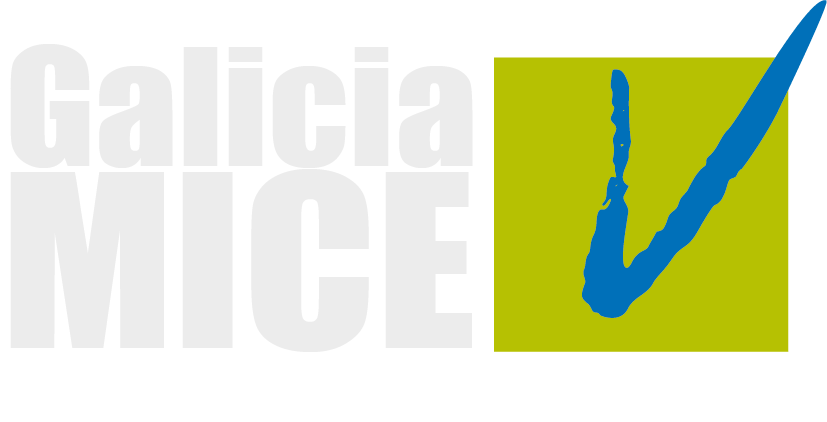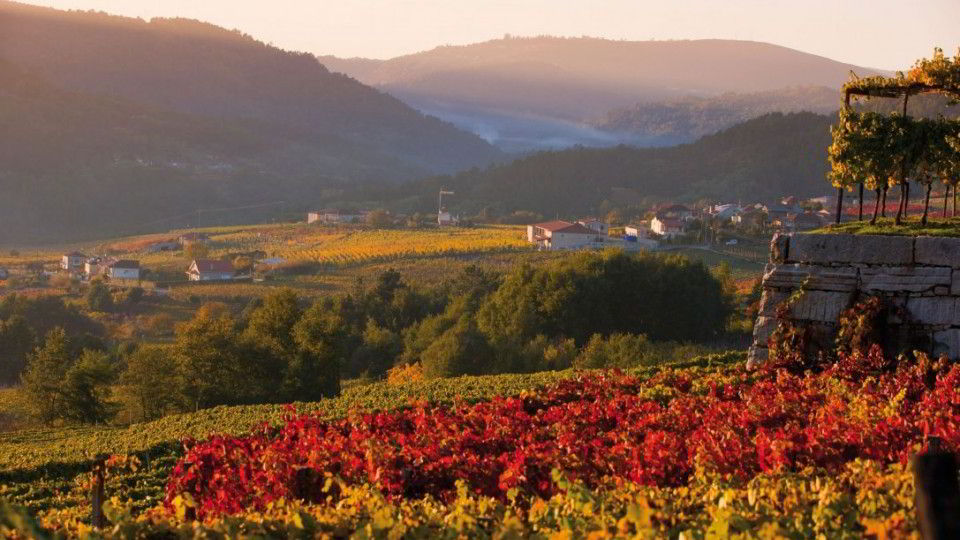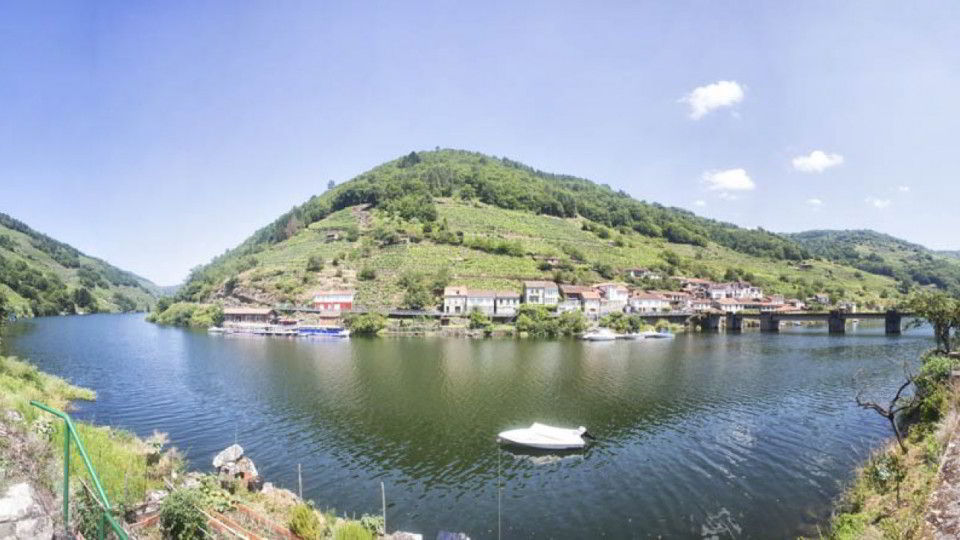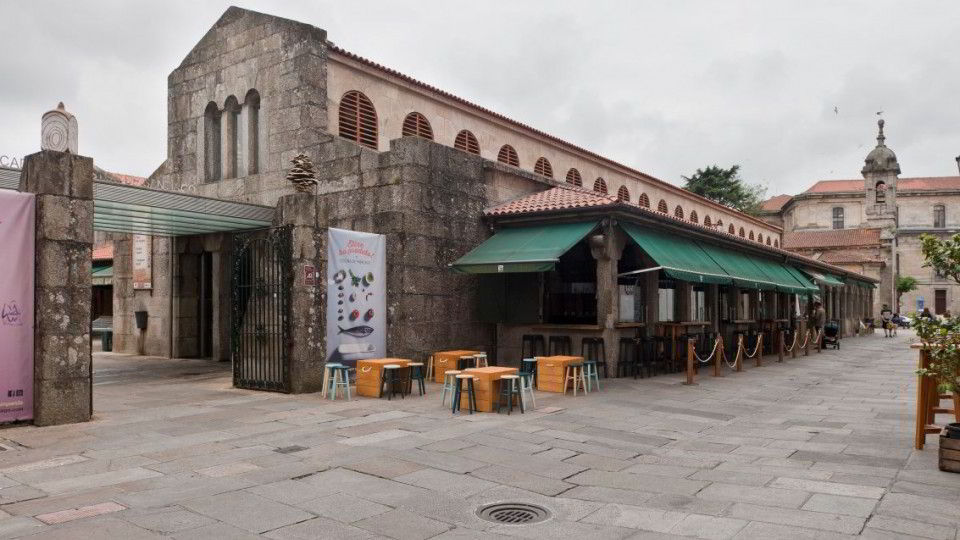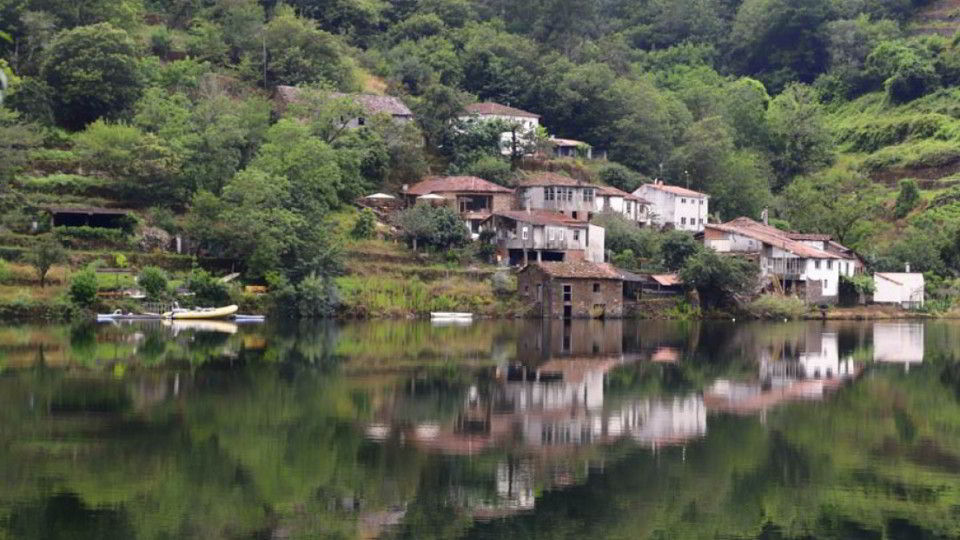Authentic experiences for events in Galicia
If you want to surprise your event attendees, offer them unique experiences that they won’t soon forget. Reaching unexplored places, feeling the local culture first-hand, making artisan products with your own hands, delving deep into the history, legends, and mysteries of a special place, it’s like magic. We invite you to explore some of the most beautiful hidden corners of Galicia and live some of the most authentic experiences that you can find in its different destinations. From sea, land, and sky, you will see a region that will surprise you and leave your event guests with great memories.
Galicia is a land of fishing and part of its gastronomical richness comes from the sea. We start the journey with a visit to the A Coruña fish auction, which is held at dawn and is one of the most important in Europe and the second largest fresh fish market in Spain. As the day breaks, the fish and seafood arrive from the Galician estuaries, ready to be auctioned off by the seamen and shellfish gatherers. This is one of the most important moments at the market, and being a part of it, listening to the voices and coded language of the fishermen, watching the boxes of fish get shuffled around, smelling the salt, the sea, the fish, and the seafood, is a spectacle that you just can’t miss. During the auction, you’ll have an expert with you who will explain the procedure and take you through what is happening at every stage. They’ll also know the fishermen who participate in this auction, which is held daily. You’ll need to get up really early, though. It starts at 6 AM, lasts about an hour, and only 10 people are allowed to attend, with a prior reservation. You’ll feel truly privileged to enjoy this exclusive experience. The market, housed in a 500m2 warehouse divided into various spaces, sells 40,000 tonnes of seafood and fish each year. Octopi, huge hake and monkfish, spider crabs, and barnacles are some of the products that go to the best restaurants in Spain, or that in a few hours will be for sale in the A Coruña markets Santa Lucía and San Agustín, or the market square of Lugo. The experience can be completed with a tasting of fresh fish and seafood in one of these traditional markets.
One unique way to experience the tastes and smells of Galicia is entering the Santiago de Compostela Food Market. It is considered one of the best markets in Spain and is the second most visited place in the historic centre of the city, being located near the cathedral. This is a market unlike any other because it is teeming with life, and you can really feel the Galician culture and traditions through the fresh farm products. It is the larder of Galicia, where you can chat with the farmers and get to know the country women who come to sell products grown in their vegetable gardens. The market is made up 8 warehouses and there are some 100 businesses: vegetable and fruit stands, fish and seafood stalls, bakeries, delicatessens, wine bars, oil shops, spice shops, photography studio, the list goes on. There are even works featuring Galician pieces, a basket maker, a cobbler, and more. It’s a unique experience to go shopping at the market and taste the products right then and there, having them cooked in front of your eyes– you can’t get any fresher than that! In addition, on the exterior part of the market is Abastos 2.0, an original tavern that maintains the classic style of the market while incorporating modern furniture, making it a different and original gastronomic space. For events, the Food Market has the Gastrocultural Classroom, which features a kitchen and can be divided into 2 or 3 rooms thanks to its mobile partition walls, which allow for various room formats. In this room there are often presentations of the products, meals, and workshops that make use of the market’s products. Special events, such as a tour of the market, product tasting, and final activity in the classroom, can be organised. Estrella Galicia is just one of the brands that has chosen this place for some of their events.
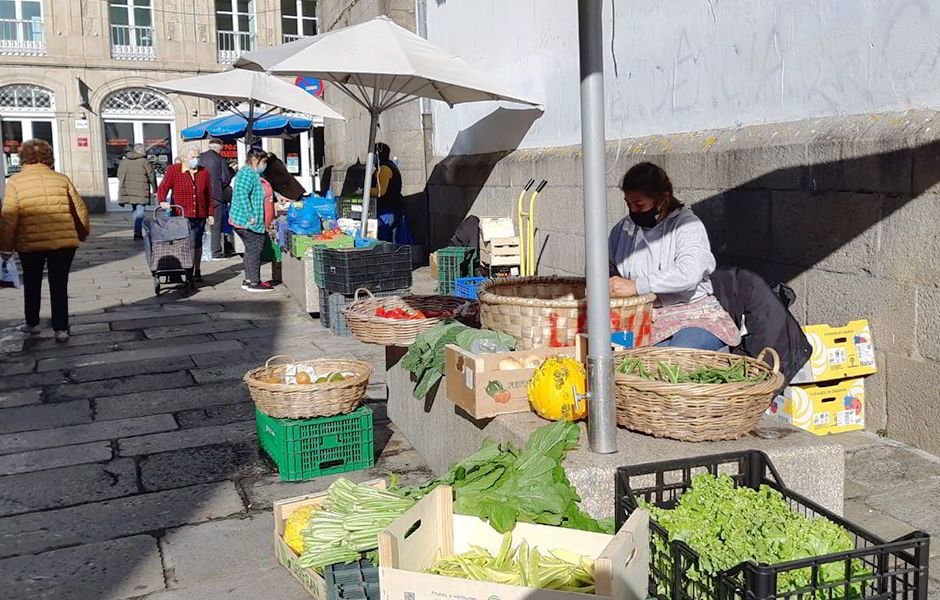
Back to the sea. What do you think about sailing between the mussel cultivation rafts (bateas) on the Vigo estuary? This area is just perfect for nautical events, and Sailway will take you to visit the coast and the Illas Atlánticas Maritime-Terrestrial National Park aboard sailing yachts. It’s a truly memorable experience that can be combined with activities on land like tours of the Cíes Islands or a Galician gastronomy experience in one of the fishing villages. The departure and return port will be the Royal Yacht Club of Vigo. During the voyage, a guide will regale you with tales about the surroundings and their history, and you’ll get a chance to participate in steering the boat. It’s a great first experience at sea, docking at the Cíes, Ons, or Sálvora Islands. For a corporate event, this experience will have the participants manning a real sailboat, so they can develop their ability to work as a team and pursue a common goal. In this competition, they will both have fun and get quite an adrenaline rush. Companies like Sanitas, BBVA, and Bosch have incorporated this experience into some of their events.
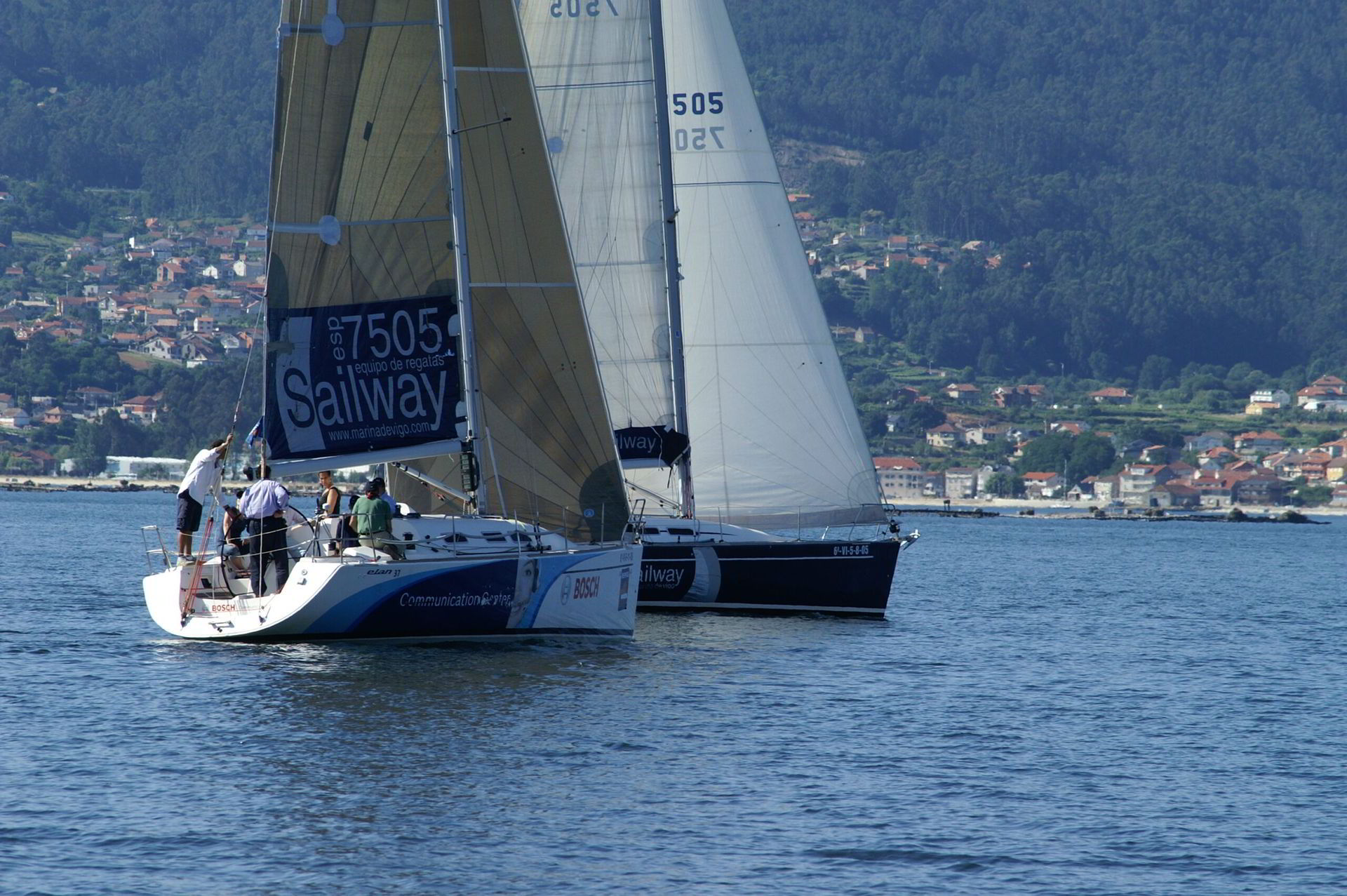
The Vigo estuary is chock full of bateas, rafts used to grow mussels; you can see them lined up neatly along the coast, cultivating native Galician bivalve molluscs. Ropes hang down underwater from these large wooden platforms, which provide a home for one of Vigo’s greatest treasures: oysters and mussels. The bateeiros boats use cranes to lift these mussel-loaded ropes for collection; it’s quite a sight to see them working! Naviera Mar de Ons organises a mussel tour with tasting on board, sailing along the estuary until reaching the Rande Bridge. This route takes you by the fishing port of Vigo, one of the world’s largest, the A Guía mountain, the fishing villages on the O Morrazo peninsula, such as Cangas and Moaña, and to see the bateas, the region’s offshore mussel rafts. A guide will explain the mussel cultivation process and you will get to taste this exquisite mollusc, freshly prepared, so you can discover the authentic taste of the sea!
From the sea, you can spot another of Galicia’s unique spots: the O Ezaro vantage point, next to Mount Pindo, the sacred mountain of the Celts. It’s located on one of the most attractive yet least explored enclaves, the Costa da Morte, an ideal place for activities that involve being in contact with nature. What makes it so special, you ask? The beautiful alcoves of this coast are full of routes and places that are impossible to reach from land, so kayaking is one of the best ways to explore the Costa da Morte. To see everything from another perspective, Adventurézaro organises the Ézaro kayaking route so you can contemplate Mount Pindo from its base, revel in the Ezaro waterfall, which you will access from the “magic door” itself, or enter the cove that’s home to the Caneliñas beach, just like the whales that used to be brought to the processing factory there. This is one of the places that guards the secrets of the Celtic mountain, along with its stories and legends. That’s why during the tour you’ll hear anecdotes about Mount Pindo, witness the deciphering of the inscriptions made on the ruins, find out what the Viking shipyard that was on the river was like, and hear the history of Cape Finisterre.
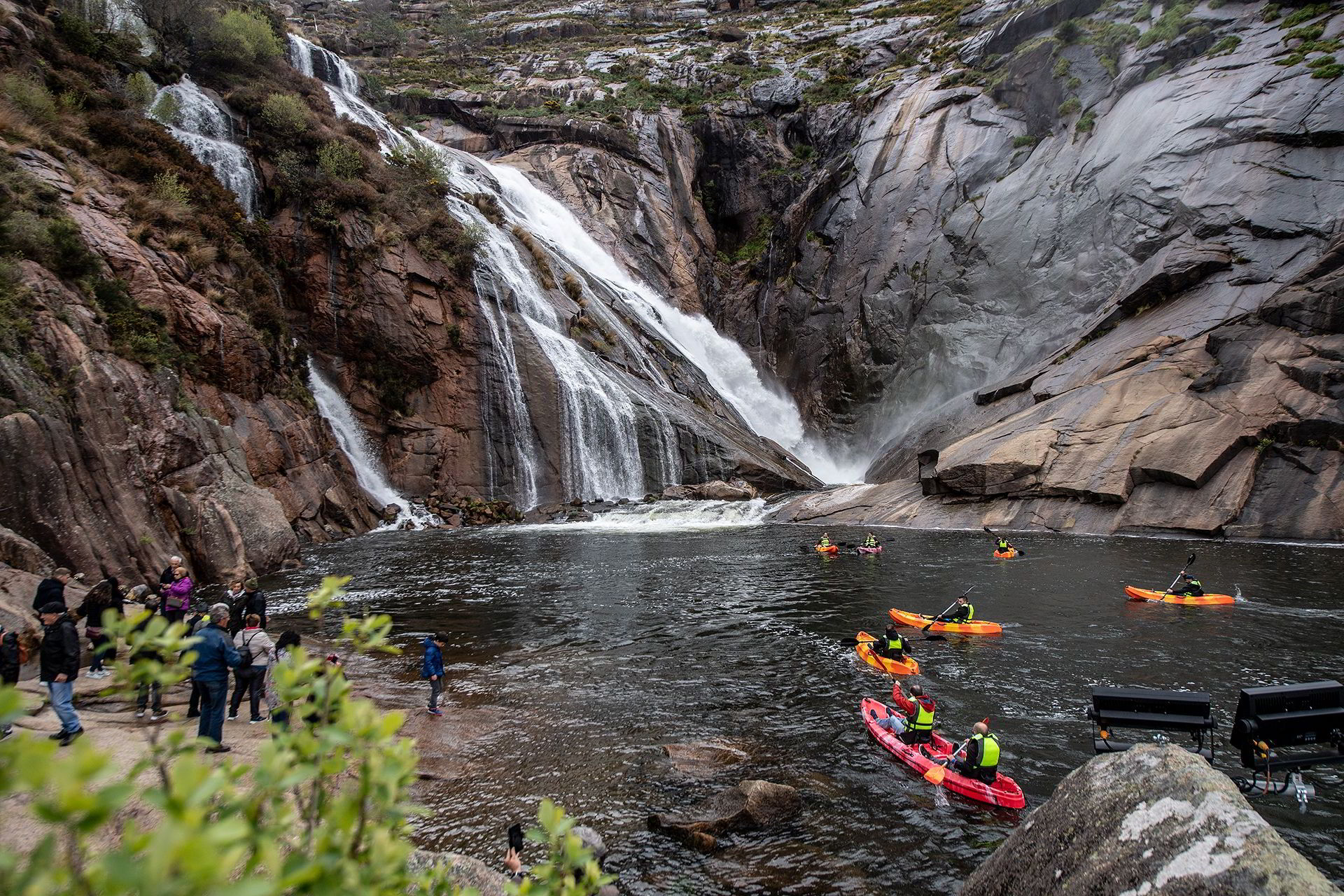
Speaking of stories, legends, and mysteries, perhaps you haven’t heard of queimada (a traditional Galician alcoholic punch) and its conxuro (accompanying incantation). It’s an ancestral ritual of Celtic origins with an inspiring symbolism. The earth is represented by the clay jar, water is represented by the regional brandy (aguardiente) that gives the drink its alcohol, and the fire represents the free dance between the elements of this magic potion, warming the body and purifying the soul. The Pazo de San Lorenzo, with its centuries-old cloister wrapped around a courtyard filled with an enormous box hedge, offers you a magical atmosphere where you can experience the spectacle of the queimada brew and its incantation (Queimada y el Conxuro). The bucolic ambiance will enchant you, lit only by the warmth of a hundred small candles. With the lights dimmed, a blind man bursts onto the scene, acting out doing the Camino de Santiago pilgrimage while playing old romances on the hurdy-gurdy. A violent storm rolls in, and among the smoke, sound effects, and ambient light, the sorcerer (bruxo) appears, wearing the straw coat typical of traditional Galician dress and carrying a boiling tea. He approaches a small, raised oratory that simulates the Celtic fortress, in which he finds the clay pot containing the queimada brew. The sorcerer recites the conxuro (incantation) while he burns the queimada as he continuously stirs and pours it with a clay ladle, as we hear music in the background and enjoy more light and sound effects. Once the incantation, which ends with the invocation “Por Santiago, San Xoán y San Andrés, queimada eu te fixen, queimada ti es” (“By Santiago, San Juan, and San Andrés, queimada [burnt] I made you, queimada [burnt] you are”), has been said and a thunderclap is heard, a traditional Galician piece begins to play. Featuring tambourines and bagpipes, this music is very festive and lifts everyone’s spirits while a team of waiters comes in to offer guests freshly made queimada in a clay mug. Each guest will be given a scroll with the text of the conxuro, so they take it as a souvenir and/or recite the incantation as they drink this magic potion while listening to the lively traditional Galician folk music.
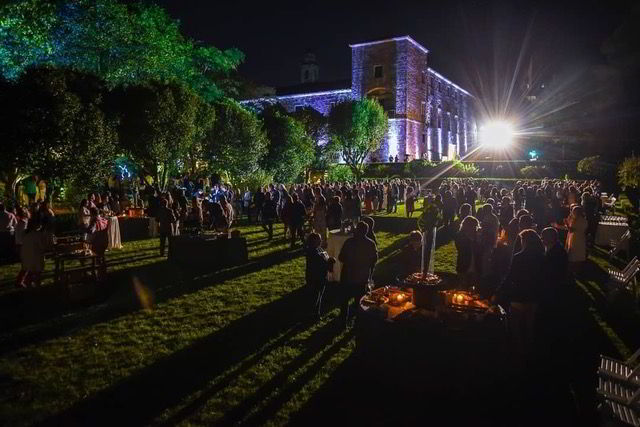
To continue with these unique experiences and delve deeper into the local culture, taking part in the day-to-day life of a village, we travel to Santiago de Albá (Lugo), in the A Ulloa municipality. There, we can find Arqueixal, a family farm that focuses on ecoagrotourism, agricultural tourism that revolves around the countryside and ecological practices. Only 3 kilometres from Palas de Rei, a stretch of the Camino de Santiago, you will begin an immersive journey into the life and culture of the Galician community. You’ll learn about the farm chores first-hand and participate in daily activities like producing cheese, yoghurt, and fresh milk with the Arzúa-Ulloa designation of origin. What ecoagrotourism activities can we do? You will learn how to make artisan cheese in a workshop on how to prepare typical products. Or you can be a shepherd for a day, participating in caring for the animals, milking the cows, collecting hens’ eggs, taking care of the vegetable garden, and even making your own basket of ecological products, collected with your own hands, which you can also taste. To complete the experience, you can travel back in time by visiting the living museum known as the Casa da Rebordela. This is a country house built 250 years ago, the elements of which are still in perfect working order, and it shows how rural life used to be in this region. The wood burns, the odours waft through the air, the hanging meat sways in the breeze. Everything is shown as if it were still inhabited and work was still being done there as it once was. If you decide to stay the night there, Arqueixal has old rural houses that feature sustainable construction that respects the traditional architecture and uses renewable energies. There are four houses: A Palleira, A Caseta das Andoriñas, A Casa do Muiñeiro, and O Pallar das Ameixeiras, made of stone, wood, glass, clay, and lime, featuring ecological paint and insulation made of bark and vegetable fibres.
The Route of the Meninas de Canido, with up to 200 unique meninas (versions of the ladies-in-waiting featured in Velasquez’s iconic painting “Las Meninas”), is a spectacular open-air museum in Ferrol. It is considered one of the most important street art routes in Europe, an example of how art can transform a forgotten urban area. Artist Eduardo Hermida started this painting initiative with the help of the locals and artists from various disciplines, who adorned the buildings with interpretations of Velázquez’s paintings. If you download the Visuartech app, you can see 18 of them come to life thanks to augmented reality. It’s a cultural circuit to visit this open-air museum. You can also take advantage of your visit to discover the modernist Ferrol through a narrated route. You’ll find twenty or so modernist buildings in the Magdalena neighbourhood that stand in sharp contrast with the rationalism of its streets, so precisely drawn with perfect lines and sharp angles. As a ghost from the beginning of the last century, we have Catherine Wilson, wife of an English engineer hired by a shipyard, who will help us discover these architectural works.

After strolling through the streets and corners of its cities, we will take to the skies in a hot air balloon, soaring over one of Galicia’s most emblematic areas: Ribeira Sacra (the Sacred Riviera), which gets its name from the numerous monasteries erected on the banks of the Miño and Sil rivers and from the many oak trees there. It’s a place to get to know wine culture. Surrounded by vineyards dotting the banks of the river, it creates an incredible landscape.
Hand in hand with Aerotours, you will embark on an exclusive flight with team orientation activities that will take place partly on the ground and partly in the air. This is a combination of team-building activities that use a hot air balloon competition as a tool. This requires ground-based skills that range from navigation to reading topographical maps and charting courses to work towards a common goal. All of this, of course, while you enjoy the spectacular views. Early in the morning, when the weather conditions are best and the light is at its most beautiful, you will depart from one of the two takeoff areas, one close to Taboada and the other near Chantada. The route is always different, because the hot air balloon will go where the wind takes it, and when you land you’ll be able to enjoy a lunch made with local products. When you’ve finished, you’ll be given a certificate for the experience, photos, and a video, so you’ll always remember your ride through the clouds.
If you prefer to explore the Ribeira Sacra del Miño from solid ground, Sacra Experiencies organises a route that will allow you to enjoy Belesar, the Cabo do mundo, the Aguascaídas waterfall, and the Chantada vineyards, entering the Abadía Da Cova-Adegas Moure for a wine tasting experience. You’ll also discover the Ribeira Sacra of the Sil, from the vantage points of the Sil Canyons, in an exciting excursion in catamaran on this river.
In Galicia, besides the famous Camino de Santiago pilgrimage routes, there are other routes like the Camino del Vino (Wine Route), which is a tour of the Ribeiro in Ourense. This is a close-up encounter with the wines and their creators in some of the various vineyards in the DO Ribeiro region. You’ll learn about the grape varieties, the process of making Ribeiro wine, the characteristics of the surrounding area, and of course, you’ll have a wine tasting either in their wine cellar or in the open air among the rows of the vineyard. Another activity you can participate in is the harvest, experiencing first-hand the process of collecting and selecting grapes. This is arduous, meticulous work when done right, leading to the best results, and it’s a great option for team building.
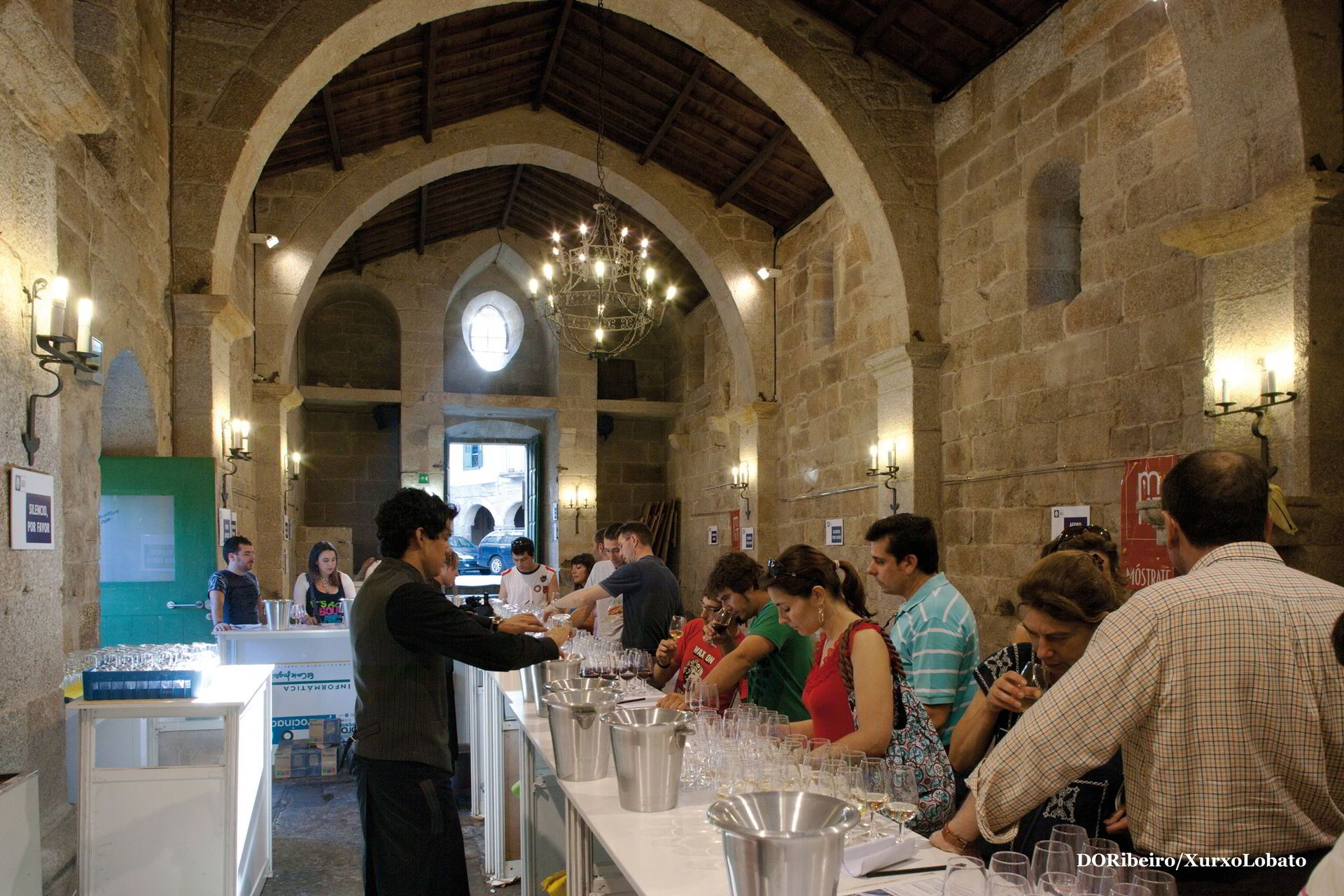
The Ribeiro region is famous for its spas and the quality of the water that springs forth from the land. One wellness experience that revolves around the grape and its beneficial properties for the skin, thanks to its active compounds and polyphenols, is the vinotherapy offered at the spa of the Eurostars Monumento Monasterio de San Clodio hotel in Leiro. Finally, and once you’ve felt the power of the Ribeiro inside and out, you can continue discovering the area by leisurely sailing in a catamaran (an electric eco-boat) along the Miño river, seeing the area whose products boast the DO Ribeiro label.
